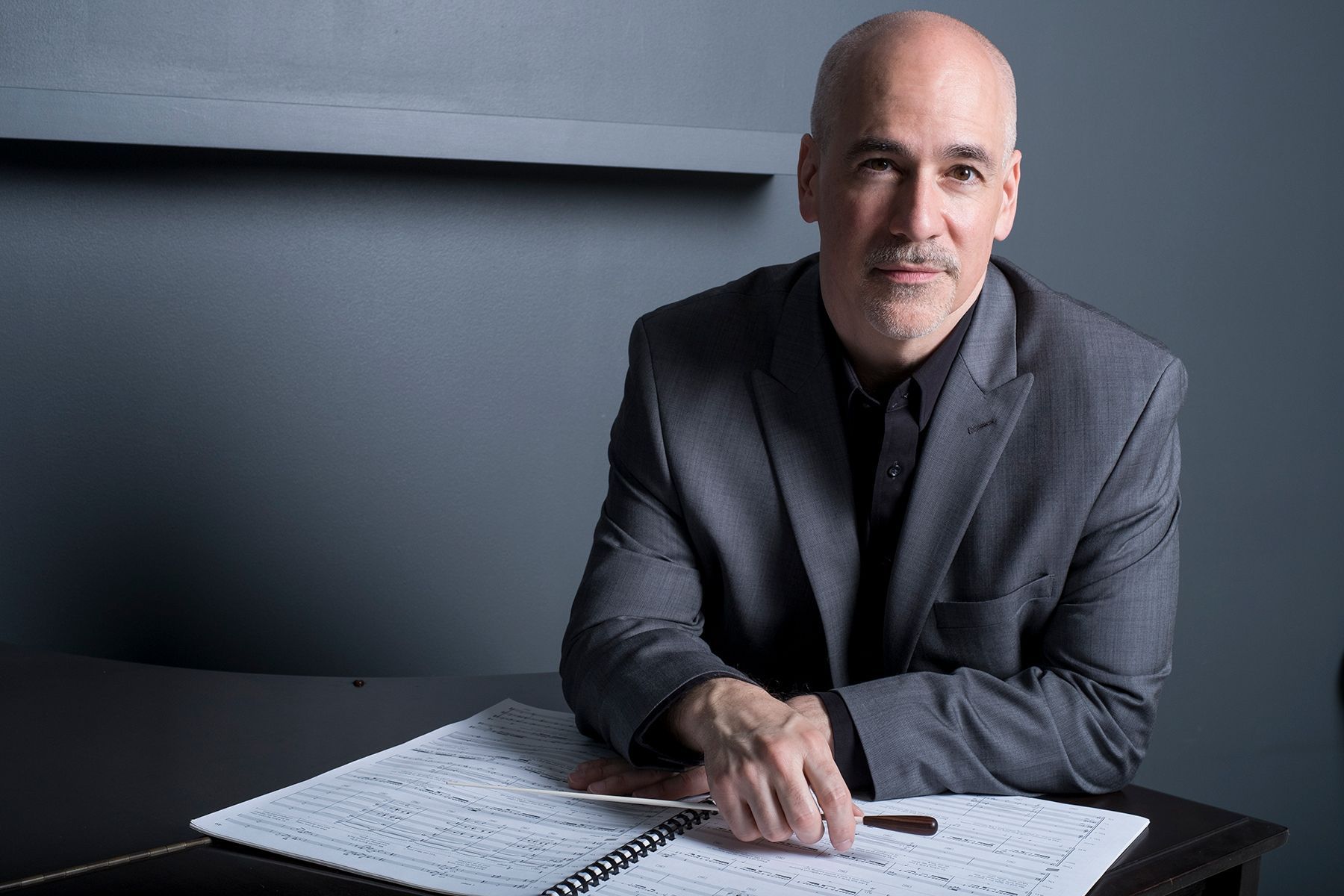Join our newsletter
Get the latest news delivered to your inbox.
Menu - Newsletter Form
401.248.7070 | 667 Waterman Avenue, East Providence, RI 02914
THE STORY BEHIND: Berlioz' "Symphonie fantastique"
Share
On May 3 & 4, conductor Thomas Wilkins and the Rhode Island Philharmonic Orchestra will present SYMPHONIE FANTASTIQUE with violinist Kelly Hall-Tompkins.

Title:
Symphonie fantastique, op.14
Composer: Hector Berlioz (1803-1869)
Last time performed by the Rhode Island Philharmonic:
Last performed February 23, 2019 with Ken-David Masur conducting. This piece is scored for two flutes, piccolo, two oboes, English horn, two clarinets, E-flat clarinet, four bassoons, four horns, two trumpets, two cornets, three trombones, two tubas, two ophicleides, timpani, four harps and strings.
The Story:
`Musical writers love to make connections between the life and works of composers. Sometimes there is a delicious biographical incident that has influenced a work, and with Hector Berlioz and his
Symphonie fantastique, we have a unique work that was intentionally autobiographical. In 1827, Berlioz attended an English company’s performance of Shakespeare’s
Hamlet
in Paris. The part of Ophelia was played by one Harriet Smithson, and Berlioz at once fell in love with her. He later wrote in his memoirs, “The impression made on my heart and mind by her extraordinary talent, nay her dramatic genius, was equaled only by the havoc wrought in me by the poet she so nobly interpreted.”
The composer somehow made himself known to her, and she received his letters. But for some reason, Berlioz could not bring himself to call on her, and when she left Paris two years later, the two had not yet met. Then, in early 1830, Berlioz heard some gossip that involved her in a tawdry affair with her manager. He believed it, and that shock not only enabled him to get on with the composition of his
Symphonie fantastique, it probably influenced the program content of the final movement as well. (To complete the story, she saw Berlioz conduct in 1832, and a few days later they met. The following year they married, but the marriage was not good, and they separated in 1844.)
Berlioz appended a subtitle to his symphony: “Episode in the Life of an Artist,” and the “artist” is obviously himself. In approaching this work, we must keep in mind the program that Berlioz himself wrote for it, which begins: “A young musician of morbidly sensitive temperament and fiery imagination poisons himself with opium in a fit of lovesick despair. The dose of the narcotic, too weak to kill him, plunges him into a deep slumber accompanied by the strangest visions. . . . The loved one herself has become a melody to him, an idée fixe, that he encounters and hears everywhere.”
Following a slow introduction, the idée fixe theme becomes the basis of the first movement (Reveries, Passions), intended to express “those depressions, those groundless joys, that he experienced before he first saw his loved one; then the volcanic love that she suddenly inspired in him, his frenzied suffering, his jealous rages, his returns to tenderness, his religious consolations.”
In the second movement,
A Ball, “he encounters the loved one at a dance in the midst of the tumult of a brilliant party.” The middle section of this waltz derives from the
idée fixe theme, and it reappears hauntingly near the end of the movement.
The artist seeks rest in the
Scene in the Country, the third movement. The sound of two shepherds piping a duet begins to bring him peace, “but she appears again, he feels a tightening in his heart, painful presentiments disturb him . . . . One shepherd takes up his simple tune again, the other no longer answers. The sun sets — distant sound of thunder — loneliness — silence.”
In the fourth movement,
March to the Scaffold, “he dreams that he has killed his beloved, that he is condemned to death and led to the scaffold. . . . At the end, the idée fixe returns for a moment, like a last thought of love — interrupted by the fatal blow.”
The final, multi-section
Dream of a Witches’ Sabbath depicts the artist at his own funeral, “in the midst of ghosts, sorcerers, monsters of every kind . . . the beloved melody appears again, but . . . it is no more than a dance tune, mean, trivial, and grotesque: it is she coming to join the sabbath. . . . Funeral knell, burlesque parody of the
Dies irae [a medieval chant from the Requiem Mass], and
sabbath round-dance. The sabbath round and the
Dies irae combined.”
Program Notes by Dr. Michael Fink © 2023 ALL RIGHTS RESERVED
Tickets start at $20! Click HERE or call 401-248-7000 to purchase today!







